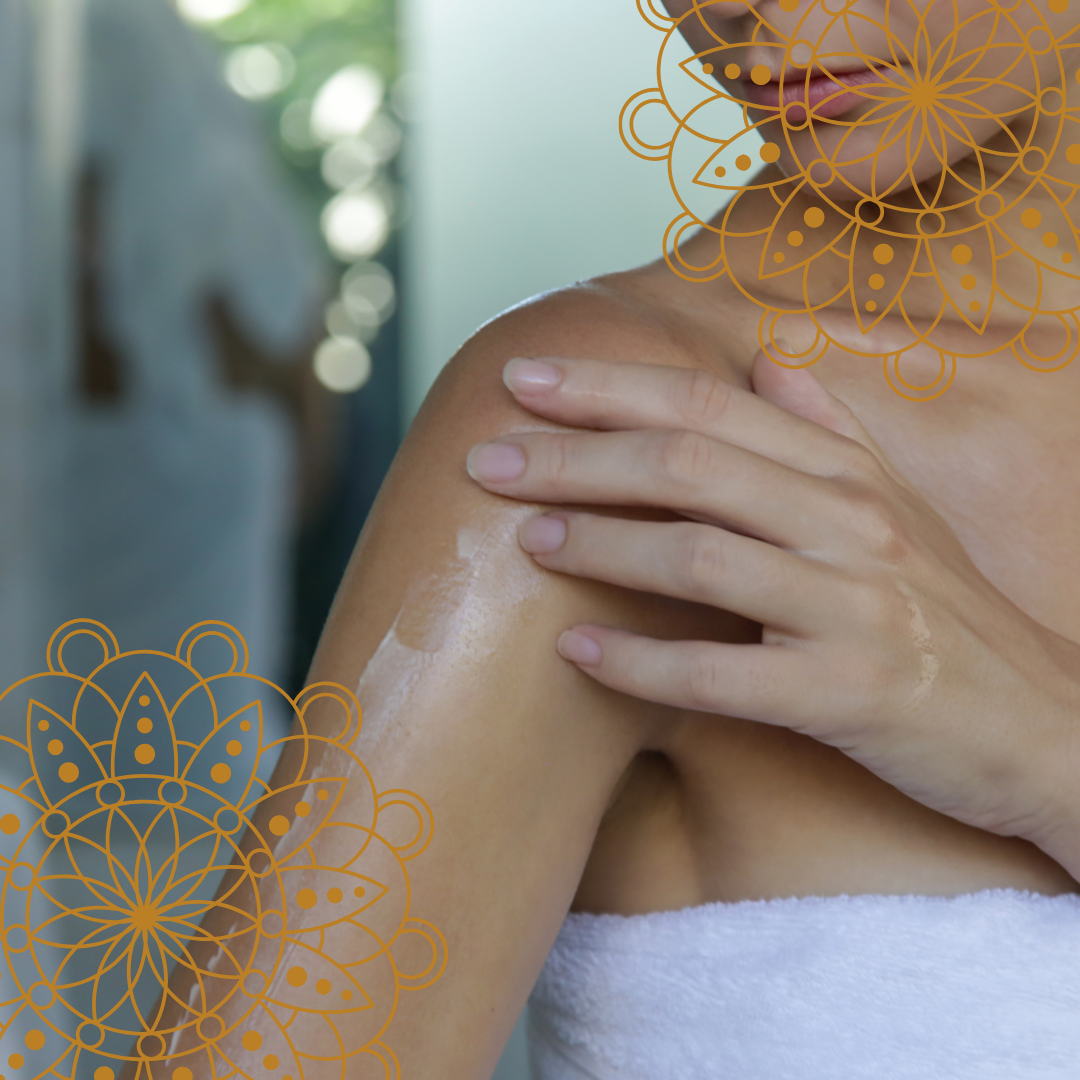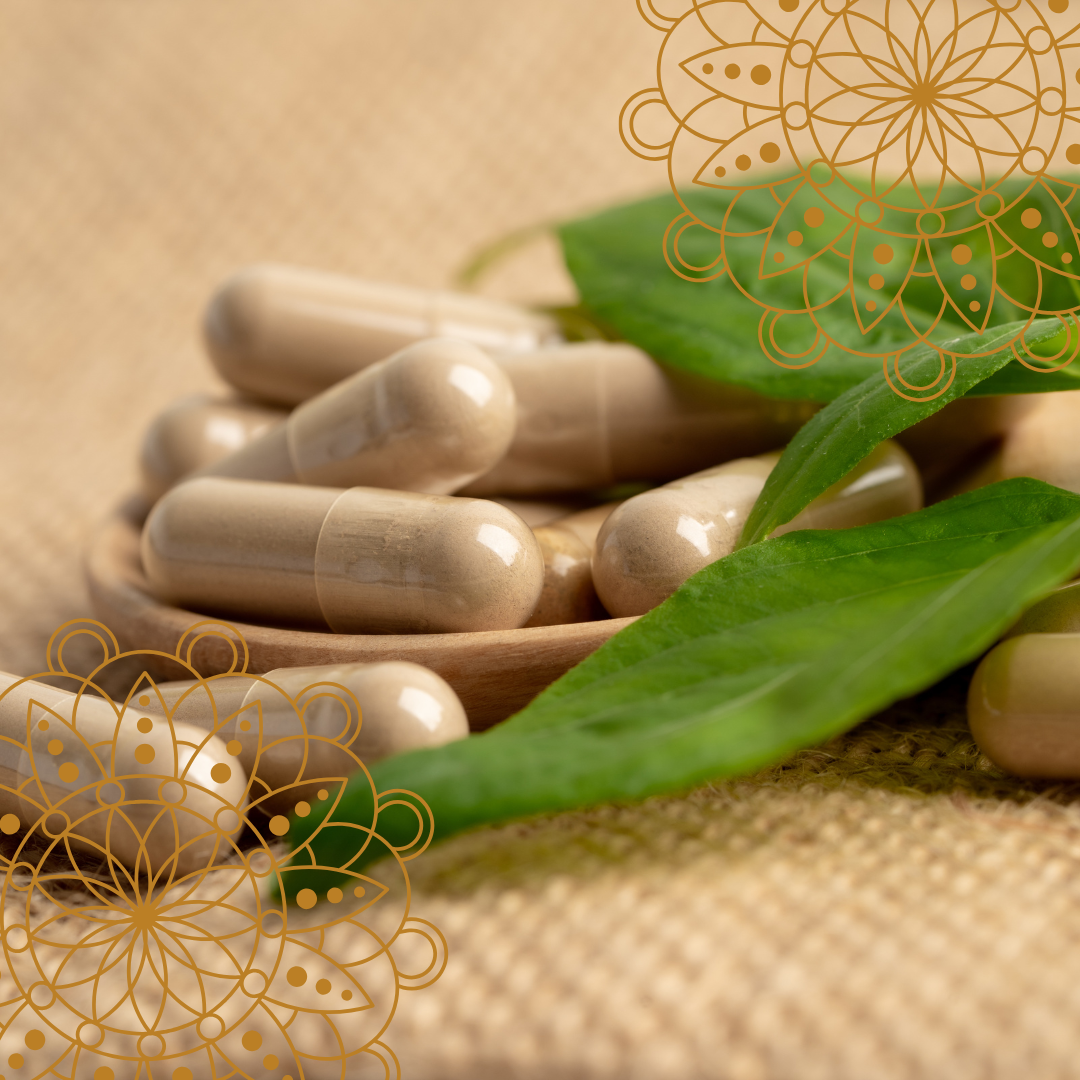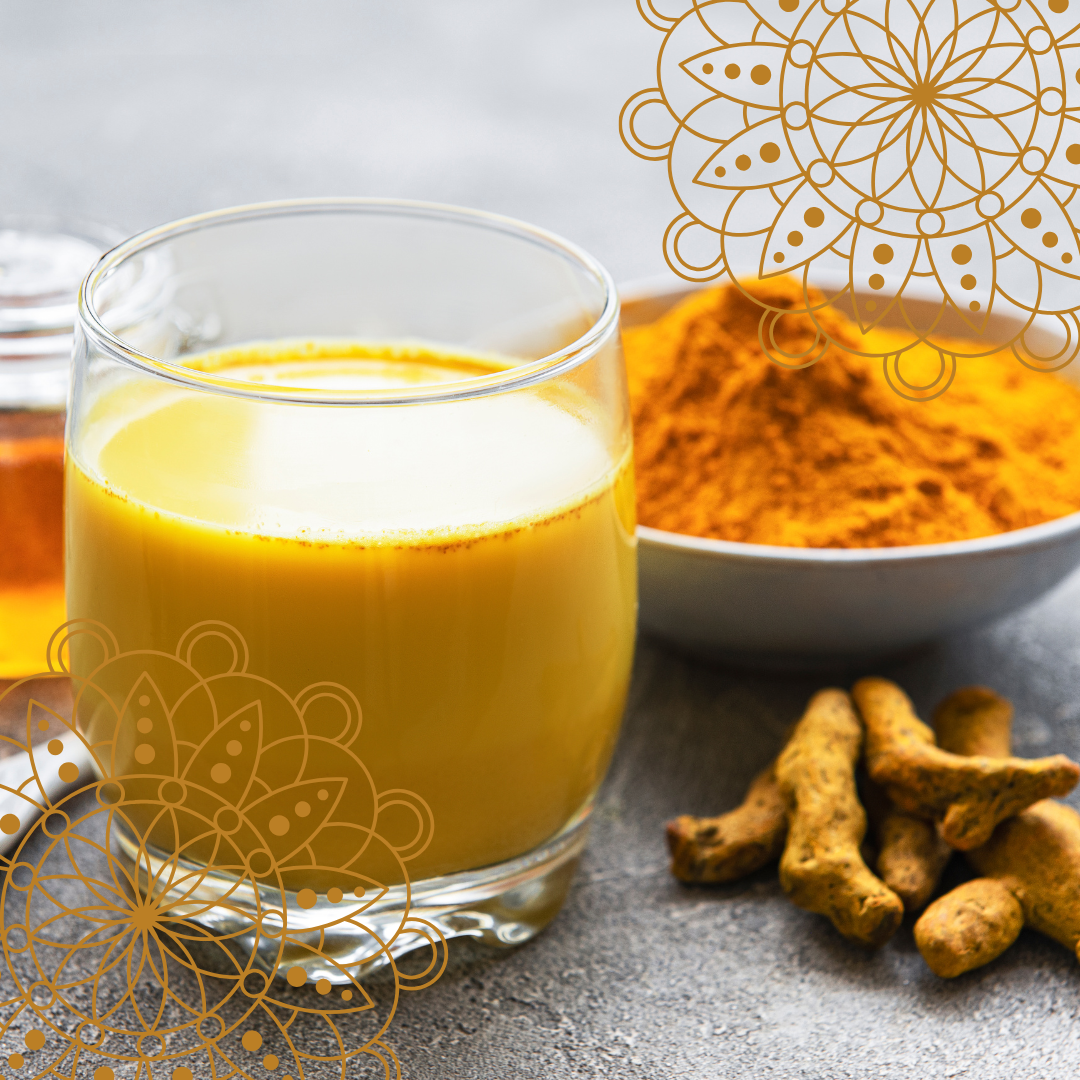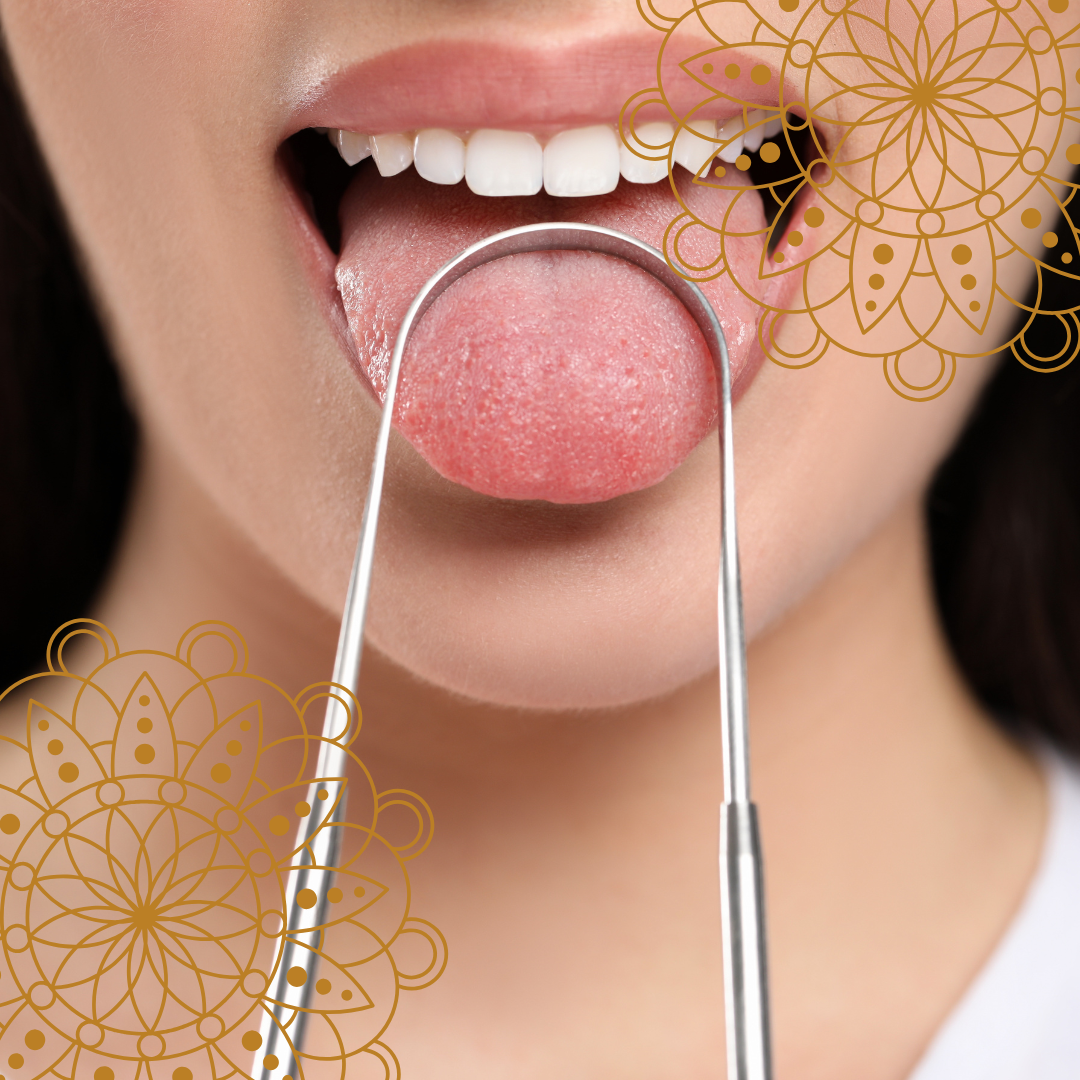Helpful yogic practices in common ailments ,Today's Therapist - January/February 2004 - Issue 26
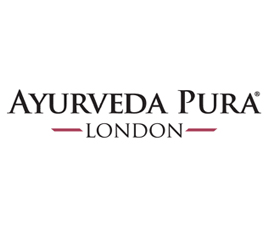
Yoga means unity and harmony. It is the union of the outer being with the inner self. It is the harmony between body, mind and soul. It can also be described as a science of self knowledge and a system of self healing.
As the common man perceives, especially in the western world, Yoga is not simply a group of physical exercises. There are several paths in Yoga - Raja Yoga , Kundalini Yoga, Karma Yoga, Bhakti Yoga, Jnana Yoga and the most popular Hatha Yoga.
- 1.Hatha Yoga, the most popular and practised style of Yoga is based on five principles.
- 2.Proper physical exercises (asanas) : The physical body is meant to move and without these necessary movements, discomfort and disease will ensue with time.
- 3.Proper breathing (Pranayama): Yoga teaches one the correct breathing techniques, to use the lungs to full capacity and to control the breath. This helps increase vitality and clarity of mind.
- 4.Proper relaxation (Shavasana): It regenerates the body tremendously, strengthens the immune system, reduces stress and stimulates the healing process of the body.
- 5.Proper food: We are what we eat. Food not only helps to build up the physical body but also to keep up mental health. Vegetarianism is an important part of the Yogic lifestyle.
- 6.Meditation (Dhyana): It helps one keep the mind and soul healthy. Meditation leads one to inner peace, happiness and tranquility, helps generate creativity and gives positive mental strength.
Benefits of Hatha Yoga:
Yoga says that a combined observance of all the five practices of Hatha Yoga not only harmonizes the body, mind and soul but also acts as a preventive measure against diseases. In particular conditions, specific asanas, pranayamas and concenteration techniques have been found to be very useful. Yoga helps balance the neuro-hormones in the body and simultaneously supports and improves the endocrinal system hence acting as a protective cover.
Common cold:
This is the most common ailment among the normal masses and drastically reduces the quality of life. But Yoga says that it is a very good purification process for the whole body and helps one gain back new energy and strength.
The measures taken during a common cold are as follows:
- Salt water gargles thrice daily with ½ teaspoon salt in a cup of lukewarm water.
- Nasal wash (Jala Neti) with lukewarm salt water thrice daily helps clear congested nasal sinuses.
- Steam inhalation thrice daily with either thyme or camomile, tee-tree oil,eucalyptus etc.
- Forward Bend (Paschimothasana) and Half Spinal Twist (Ardha Matsyendrasana) postures are very good against this ailment. A proper effect is noticed when these postures are held for a longer period of time. (If a person complains of fever or excessive weakness it is advisable to avoid any extreme physical activities).
- Breathing exercises as long as it is comfortable. (The first rule of Yoga is to never exert one's self beyond the normal limits).
- On many occasions, it has been observed that breathing exercises in a supine position have been very beneficial.
- Fasting with fruit or vegetable juices. Incase this is not possible, it is advisable to take only fruits or vegetables. In any event no milk products as this may worsen the condition.
- Plenty of liquids especially warm drinks.
- Relaxation and sufficient sleep is the key to fight common cold.
Headaches:
This is a very frequent complaint of every man. Most people suffer from what is called tension headache which is a result of everyday stress and pressures from work, family and daily lifestyle.
The preventive measures towards headache are:
- Regular practise of Asanas holds the first place. Postures such as Plough (Halasana), Head Stand (Shirshasana) are generally very beneficial. For those suffering from migraine headaches, Cooling Breath (also called Tongue hissing) (Sheetali), Shoulder Stand (Sarvangasana) and Fish (Matsyasana) have been proved to be effective. Lion (Singhasana) and Fish (Matsyasana) positions work very well against sinus headaches.
- Breathing exercises like Alternate Nose Breathing (Anuloma Viloma).
- Proper food eaten at proper times is as good as any other remedy against headaches.
- Regular relaxation sessions each lasting approximately 15 minutes accompanied with positive affirmations.
- Meditation along with positive thinking and attitude towards life.
Acute situations:
- Alternate Nose Breathing (Anuloma Viloma) with the rhythm - 4 seconds of breathing in, 8 seconds of holding the breath and 6 seconds of breathing out (4:8:6).
- Deep abdominal breathing with concenteration on the energy flow between the head and abdomen helps release the tension.
- Massaging the head especially the ear lobes helps reduce the headache. According to Ayurveda, a 20-30 minute foot massage with clarifed butter (Ghee) is as good as any other medication.
Hay fever:
Hay fever, characterized by rhinorrhoea, nasal blockage and sneezing attacks can be prevented by:
- Regular Alternate Nose Breathing (Anuloma Viloma) following the 4:6:8 rhythm.
- All Asanas which expand and open the chest like Cobra (Bhujangasana), Fish (Matsyasana), Half Moon (Veerbhadrasana).
- Reduction of milk products and sugar in diet.
- Daily nasalwash (Jala Neti) with lukewarm saltwater.
Acute attack:
- Run the tip of the tongue over the palate towards the uvula (small tongue). This immediately stops the irritation in the back of the throat.
- Deep breathing exercise involving deep and extremely slow breathing in, followed by equally slow and conscious breathing out, can be repeated untill the itching in eyes or irritation disappear.
Asthma:
Athma is characterized by sudden atacks of short gasping breaths along with wheezing.
Preventive measures:
- Daily three rounds of quick breathing (cleaning) exercise (Kapalabhati).
- 10-20 minutes of Alternate Nose Breathing (Anuloma Viloma) following 4:8:6 rythm.
- 10 rounds of Humming Breath or Nasal Snoring exercise (Bhramari).
- Integrate deep abdominal breathing as a part daily life. This is very helpful as it improves the lung capacity and hence greater intake of oxygen.
- Avoid sweets and milk products.
- Effective Asanas to help relieve asthma by expanding the lungs and opening up the chest cavity are the Bow (Dhanurasana), Cobra (Bhujangasana), sitting on heels (Vajrasana) and inverted positions such as Shoulder Stand (Sarvangasana)and Plough (Halasana).
- Deep relaxation exercises and meditation help one relaxe and break down stress hormones.
- Positive thinking and attitude towards life is very helpful to manage stress in daily life and hence prevent attacks.
Digestion:
Diarrhoea:
- Drinking plenty of fluids helps prevent dehydration.
- Mono-diet with brown rice for 1-7 days is also helpful.
- Among Asanas, Forward Bend (Paschimothasana) is the most effective exercise.
- Alternate Nose Breathing (Anuloma Viloma) exercised with a comfortable rhythm.
- Regular practice of combined breathing and abdominal muscles exercises like Agnisara and Uddhiyana Bandha to strengthen the abdominal organs.
Constipation:
- Plenty of fluid intake like water and juices.
- Salads, vegetables and fruits reduce the severity of constipation.
- Asanas helpful in constipation are backward bends such as Cobra (Bhujangasana) and Bow (Dhanurasana).
- Among other Asanas, the Half Spinal Twist (Ardha Matsyendrasana), Head Stand (Shirshasana) and Shoulder Stand (Sarvangasana).
- 3 to 6 rounds of Cleaning Breath (Kapalabhati).
- Positive attitude towards life.


